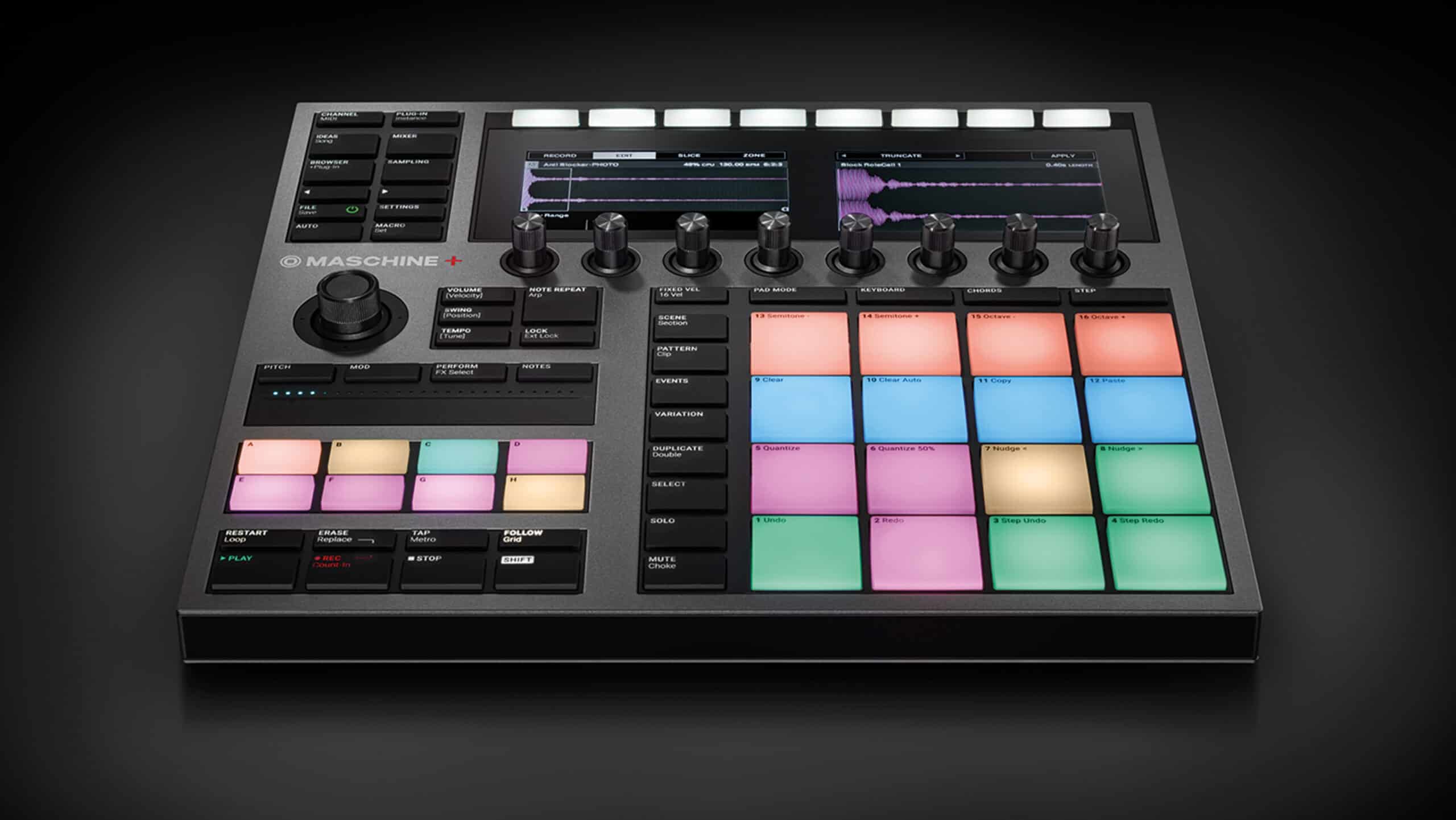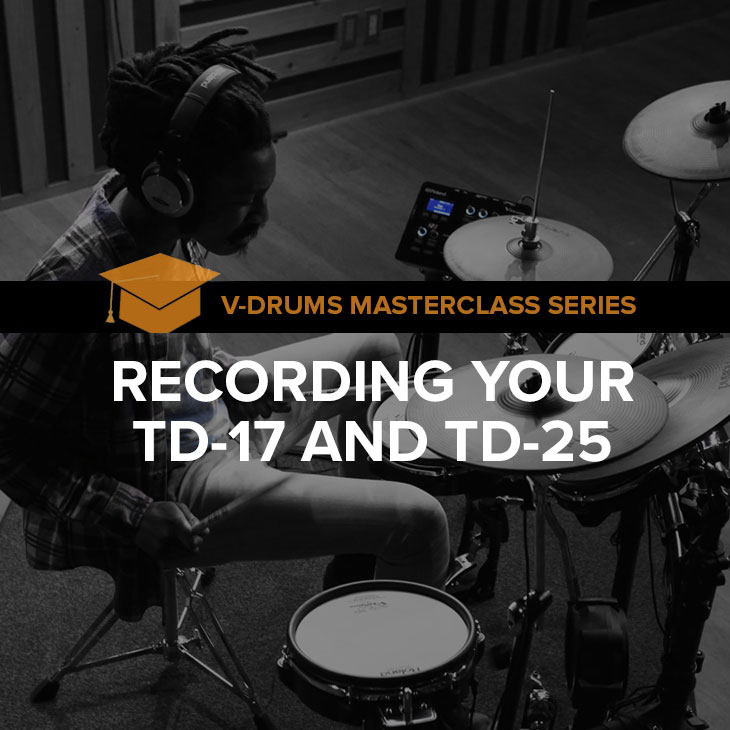

Certainly any matching pair of mics is great to have if you’re recording a solo instrument, but even then, there are ways you can add width to mono recordings which you can read about here in Ronan Macdonald’s article. It’s true to say that larger sources can benefit from more mics purely for even coverage, but even a drum kit can be recorded with one or two well placed mics- listen to any number of classic records from the 60s right up to Amy Winehouse’s Daptone recordings this century to hear for yourself. If it’s a demo or a sketch of an idea, the message is king, but you might find that the music loves the immediacy of a simple approach even If you’re making the finished record.


How Many Mics Do I Need?Ĭontrary to a lot of posts and forum noise on the subject, the simple truth is that anything can be recorded with just one or two mics - the only factor is whether this approach suits the aesthetic of the recording. If you only need to plugin in one or two sources, most of them on the market today will do your music justice whoever you are. These devices have democratised record-making for newbies and multi-million selling artists alike, with quality that is unquestionably up to the job.

The whole idea of people producing music at home has been around ever since the days of the open reel tape recorder, but this really came into its own in the 1980s with the cassette based Portastudio-style machines that gave us a mixer and recorder/player all in one box.įast forward to now, and most people working at home have access to unlimited track counts even with just a two (or even single) input interface. Whichever one you choose, you might be surprised by what you can squeeze out of one of the tiniest yet… Is A Small Interface Right For Me? When it comes to small audio interfaces, there has never been more choice available to us.


 0 kommentar(er)
0 kommentar(er)
